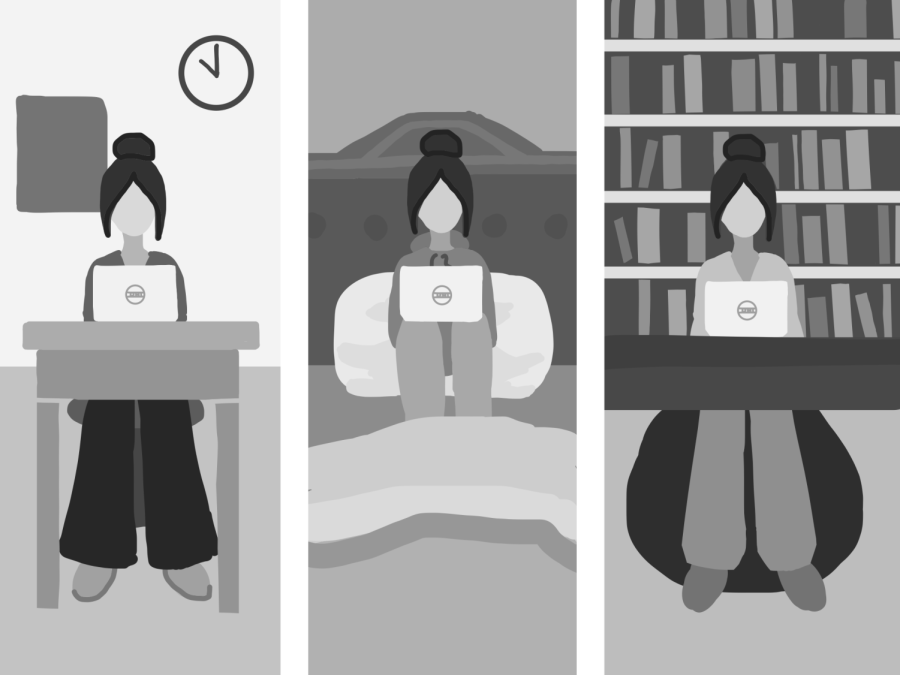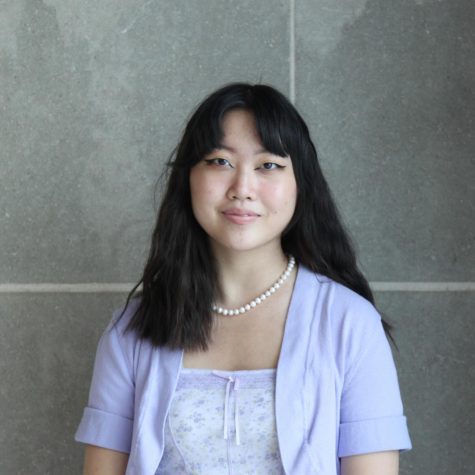Editorial: Pandemic learning must accommodate quarantined students and teachers
January 31, 2022
Naperville Central’s newest classroom is the Little Theatre, a small auditorium on the northeast side of the campus. It houses courses on every subject, from biology to business and foreign language to history.
It’s where students go because a high teacher absence rate and substitute teacher shortage has left the school with no other option.
While this arrangement may seem inevitable given the latest wave of COVID-19, it reflects a larger flaw in the current system of instruction: even after two years of pandemic learning, there aren’t enough alternative learning methods for when students and teachers must quarantine.
Even though Naperville District 203 recently shortened its isolation period from 10 to five days, quarantine still contributes to extensive learning loss because too many classes still operate on a pre-pandemic model. The inaccurate assumption that quarantines will happen with the same frequency as other medium length absences from the past underestimates the number of students and teachers who must miss school. However, it’s this assumption that detracts from resources that could make quarantine learning more effective.
A quarantined student often lacks the opportunity to complete schoolwork at home, even if they’re only slightly sick. Upon returning to school, they have hours of lessons, projects and homework to catch up on. This learning loss adds further stress during this time of uncertainty.
Quarantined teachers have a similar problem. Because of the school-wide assumption that instruction can only happen physically in the classroom, they have few channels of communication with students while they isolate, exacerbating learning loss and adding stress to the classroom.
However, there are ways around these burdens on learning and mental health. Fundamentally, as a school and a district, we must recognize that learning during a pandemic requires more flexibility than we currently use. On an individual and collective level, educators should consider methods of instruction that accommodate the needs of both in-person students and those in quarantine.
A crucial part of this shift is digitizing class content. Some teachers have started to record their lessons and post videos to Canvas, giving students at home a chance to keep up. Others are adding more information to their slideshows and notes packets for the same purpose. While Central Times recognizes these methods might add onto teachers’ workloads, it can serve to provide additional support for every student. More importantly, it prevents the teacher from having to scramble together materials last-minute if they have to quarantine.
Administrators should also supplement these methods of digital teaching. It may be helpful for building leaders or department chairs to reassess basic requirements on what content, agendas and assignments teachers must post online. During institute days and professional learning committee meetings, they could also provide tutorials or outside expertise so teachers feel more comfortable with digital methods of instruction. With the possibility of more waves of infection, a rapid investment in these new strategies would be well worth it, and at its core, expanding the course material that goes online will allow students to practice being self directed learners, regardless of the pandemic.
To be clear, we aren’t asking for all instruction to happen online, but that more online resources are available for student use. In the long term, we hope more classes adopt something akin to the “blended” structure, which allows teachers to determine what content students can learn in class or independently.
The flexibility blended learning offers students could even alleviate current pandemic learning problems. For example, instead of cramming students into the Little Theatre, a loud and distracting learning environment with no desks, administrators should consider allowing students in classes without available substitutes to choose where they want to go. There have already been several cases when students who are supposed to report to the Little Theatre just don’t show up, so giving students who do want to learn the option of going to the cafeteria or Learning Commons could only provide them a net benefit. Pairing location choice with more easily accessible digitized class content would tamper down the negative effects of quarantine learning loss.
Nobody wants to deal with the pandemic anymore, but it’s flawed to assume that we can use the same learning structures from before. As we continue to trudge through these trying times, only flexibility and forward thinking can guarantee quality learning.








